The fighting qualities of the “handicraft” version of NASAMS. MML launcher: expensive and "dubious"
Among the promising military systems of air defense and missile defense, designed to cover stationary military facilities, moving units of the ground forces, naval strike groups of the Navy in the littoral zone, as well as various strategic industrial facilities, in addition to short-range and long-range air defense systems, anti-aircraft missiles medium range. Their distribution in the air defense of the Ground Forces is explained by the excellent mobility, small size and weight of the elements of the complexes (from the MRLS antenna post to the PU), as well as the facilitated and faster process of reloading light ammunition with the help of specialized transport, starting and charging machines. For example, the 9А39М1 family of Buk-М1 complexes, in addition to transporting four 9М38М1 SAM systems on the lower tier of fixed transport cradles, are capable of launching anti-aircraft missiles from the upper tier of oblique guides (4) that are used for launching anti-aircraft missiles from the upper tier of oblique guides (XNUMX). during the reflection of the impact of the IOS.
But the current trends towards the universalization of various types of missile weapons have not bypassed medium-range anti-aircraft missile systems. In the West, the American-Norwegian project SAM NASAMS is turning into such a multi-purpose missile system.
According to information published by 24 in March on defensnews.com, the US Armed Forces launched the Stinger anti-aircraft guided missile FIM-92 from the new home-made MML multi-mission launcher on the US Avb Eglin. Also, according to the statements of the US Air Force, the new universal MML launcher will be able to launch AIM-9X Sidewinder air-to-air missiles integrated into ground-based air defense systems, as well as the AGM-114L Longbow Hellfire multi-purpose missiles c active radar guidance. This means that a small slant launcher, firstly, will be much stronger than the Stinger MANPADS in terms of positional air defense, and secondly, it can be used to deliver high-precision Longbow Hellfire missiles at enemy fortified ground targets, regardless of weather conditions. and the use by the enemy of means of optoelectronic countermeasures or GPA, since the AGM-114L is equipped with ARGSN. The idea is, of course, ambitious, and allows even a small military unit equipped with an MML battery to simultaneously resist the ground enemy and provide their own self-defense from enemy air strikes. But the final goal of the US Armed Forces is to build a short range missile defense system based on the MML to destroy all types of military weapons, as well as various types of unguided rocket and artillery shells. The implementation of this idea raises many technical questions, due to the characteristics of the above types of missiles.
First of all, it is necessary to take into account that for detecting, setting up a route and hitting targets such as “artillery shell” or “NURS”, an air defense weapon must have a sufficiently powerful G / X / Ka-band multi-purpose radar for illumination that provides high targeting accuracy for SAM. since its homing head may not “capture” a small-sized target with too large an error in the output of coordinates.
Therefore, the agenda of the American Air Force specialists is the task of synchronizing an MML launcher with the AN / MPQ-64F2 multifunctional radar Sentinel 3D, which is also used in the US-Norwegian NASAMS air defense system, and in some sources it is referred to as AN / TPQ-64. This radar was developed on the basis of the AN / TPQ-36A Firefinder counter-battery artillery reconnaissance radar and has improved power qualities, and also operates in the X-band, which allows for significant distances (15-18 km) to detect small-sized artillery shells, accompany them on pass, and also to give a designation on the available means of interception. The presence of a passive HEADLIGHT provides a high throughput of the “Sentinel 3D” with 60 air targets. The instrumental range is about 75 km, and the target detection range with EPR 2 м2 - up to 50 km, CU - 30 km. Apparently, thanks to the combination of all these qualities, it is precisely the analogue of NASAMS - SL-AMRAAM that is an important link in Washington's echeloned defense. Regarding the accuracy indicator "Sentinel 3D", it is possible to determine its similarity with our modern GLS 64 6L1 surveillance radar of the centimeter range. The accuracy of determining the elevation coordinates of targets for the American and Russian radars is about the same (0,17 hail); in azimuth - Sentinel 0,2 hail, Gamma 0,25 hail, range accuracy 30 vs 50 m in favor of the American radar. This is quite enough to target the AIM-120 AMRAAM SAMs used in NASAMS / SL-AMRAAM. The frequency of the mechanical rotation of the AN / MPQ-64 antenna post is 0,5 revolutions per second, i.e. The tactical information about the air situation at the operator's MFI ARM is updated every 2 seconds, which is enough to detect and assess the threat from mortar shells fired even from minimal distances.
But the fight against such air objects usually involves active or semi-active radar targeting of interceptor missile interceptors, and from the MML multi-purpose launcher, it is proposed to use infrared AIM-9X and FIM-92 for air defense purposes, which are only effective against warm-contrast targets with a significant area of infrared radiation (jet TRDDF, ramjet, helicopter TVD). And, for example, 82 and 120-mm mortar shells have extremely small linear dimensions, and the initial departure speed of 211 — 325 m / s (760 — 1170 km / h) not only does not contribute to the heating of the projectile, but moreover, cools the stabilizer block (tail) heated during the detonation of the powder charge at the moment of firing. The dependence of the heating of the surface of the aircraft on its speed of movement can be seen in the graph (figure below).
Thus, the FIM-92B / C / E anti-aircraft missile of even the most recent “Blocks” with dual-band (IR / UV) GOST of the POST-RMP type immediately falls out of the category of “effective interceptor” of an artillery shell. Even the introduction of a radio channel correction with the battery MRLS "Sentinel 3D" will not allow to hit a miniature and cooling in flight mine, especially since the mass of the warhead FIM-92 (2,3 kg) is insufficient to destroy such an object even with a minimum slip.
The AIM-9X "Sidewinder" has a chance to intercept more than the Stinger "fimki". Here, in addition to IKGSN, a non-contact laser fuse of the DSU-36 / 37 type is used to hit the target, which provides an accurate detonation of the laser radiation reflected from the target. Yes, and the sensitivity of the GOS itself is much greater than that of the POST-RMP, it is able to “capture” a fighter target in the LPS (against the background of free space) at a distance of 17 km, which indicates a better ability to detect a small low-contrast object like mine ", but at minimum distances. Implementing a maneuver with a close “capture” of AIM-9X can be more successful than FIM-92, because it is equipped with a gas-dynamic thrust vector deflection system, which gives 1,5 - 2 times greater disposable overloads; and the warhead has a mass in 9 kg. But this does not make it a high-class means of dealing with projectiles, since for an accurate detonation near the mine by the reflected laser radiation of a fuse, a perfectly close span is needed, which neither the ICGSN nor the ground-based radar can realize.
In comparison with AGM-114L, AGM-122A operating on ground targets has the main advantage - 2 has a higher flight speed, which is why even some modern ZRSKs can not intercept it.
Based on this, it can be stated that any passive type homing head (except television) will be ineffective against a low-speed and small-sized “black” body, and therefore the ability to combat artillery shells in action in the multi-purpose rocket battery MML is almost absent, which cannot be said o NASAMS or SL-AMRAAM, where AIM-120 missiles with ARGSN are free to work on small targets like “mine” or “RP-shell”. Not for nothing the anti-missiles "Tamir" of the Israeli missile defense system "Iron Dome" are equipped with an active radar GPS. Therefore, from a technical point of view, it would be more logical to talk about upgrading NASAMS / SL-AMRAAM or MML anti-aircraft missiles like SACM-T (discussed in a recent article), which are able to fight all types of missiles and projectiles thanks to the modified ARGSN and "belt" gas-dynamic rudders in the bow, i.e. "Shoot down a fly bullet."
It is known that the MML multipurpose PU batteries will be “linked” to the IBCS integrated air defense / missile defense management system, which was developed by Northrop Grumman. It is a rapidly deployable stationary facility at the command and staff level, equipped with numerous computerized operators' workplaces, a high-speed tactical information exchange bus with a single interface, as well as numerous C2 network-centric modems, which integrates information from a variety of external devices, among which there is MRLS "Sentinel", and AN / MPQ-53 ("Patriot") and IR / TV sights, and then displays IBCS in the interface. The open architecture of IBCS allows you to adapt any modern radio-electronic equipment for system diagnostics, various sensors, radar stations of various ranges, and in the future - laser systems. All this speaks of the high survivability of IBCS in the most unpredictable combat situation: the elements of the system have a high degree of interchangeability.
The introduction of a multi-purpose missile for the destruction of armored vehicles and other ground targets AGM-114L "Longbow Hellfire" in MML and IBCS can be considered separate. The fact is that the IBCS system was originally developed as a promising control link in the structure of the air defense and missile defense forces, but now it will require the installation of additional software to adapt to firing at ground targets. For its effective use, the AGM-114L multi-purpose heavy ATGM should receive target designation as quickly as under the control of the AN / APG-78 millimeter-wave over-hull radar of the AH-64D Apache Longbow attack helicopter, which, when launched from a ground-based launcher, will require accurate target designation from the means RER / RTR UAV, tactical aviation or ground target designation aircraft of the E-8C type. But in conditions of active hostilities with the presence of powerful and modern enemy air defense, the use of drones with an RCS of more than 0,01 m2 more often leads to their destruction, and electronic means of multi-role fighters and E-8C from considerable distances may not find out the exact location of the target if the enemy uses powerful electronic warfare systems. Apache Longbow, as a highly maneuverable and manned platform with a full range of radar and optoelectronic means, will cope with the task more skillfully, especially when it comes to mobile armored vehicles.
If the US Armed Forces plan to use the Longbow Hellfire rocket from an MML installation in the European or Far East theater, then all their ideas are doomed to failure, because the Russian air defense system and the Pantsir-C1 / 1U ”, C-2PMU-300 and C-2 can destroy not only the carriers of PRLR and other tactical missiles, but also the missiles themselves, this also applies to the AGM-400L“ Hellfire Flame ”, the average flight speed of which does not exceed 114 km / h and therefore it is not so difficult to intercept this “flame”, with the exception of old samples of the Wasp "," Arrow "or" Cube ". The active defense complexes with which our armored brigades will be saturated will also be protected from Hellfire missiles.
Assessing the effectiveness of MML launchers with Stinger, Sidewinder and Hellfire missiles in general, one can speak of very mediocre interception capabilities of modern high-precision missile weapons with its massive use; interception of artillery ammunition is also impossible, contrary to statements by representatives of the US Armed Forces. The only system will have significantly higher capabilities than the Stinger MANPADS, thanks to the use of the AIM-9X rocket: the range of destruction of aerial targets may increase from 5-6 to 12 km, the speed of the targets hit will be around 2М, on opposite courses - to 2,5 - 3М, which is typical for airborne “sidewinders”. And the use of IKGSN will allow you to combat any number of enemy aircraft in the affected area, it all depends only on the number of MML launchers assembled on a modular basis from 15 TPK cells (each TPK can be equipped with one AIM-9X and no less than 4 FIM-92), as well as on the correctness of the distribution of goals by the IBCS system.
The Longbow Hellfire rocket will allow to work effectively only against a weak opponent, armed with no prospective ZRSKs, nor wide-range electronic countermeasures. Given the cost of the US Armed Forces to develop two MML prototypes in the amount of 119 million dollars, the combat payback of the project leaves much to be desired, and only in the configuration with the AIM-120 and SACM-T SAMs or various AIM-9X modifications created on the basis of earlier versions " Sidewinder ", MML will be able to show high fighting qualities.
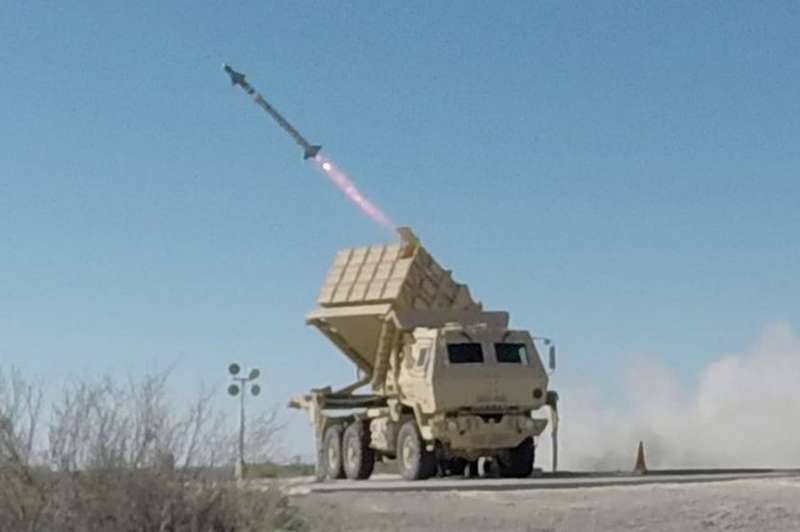
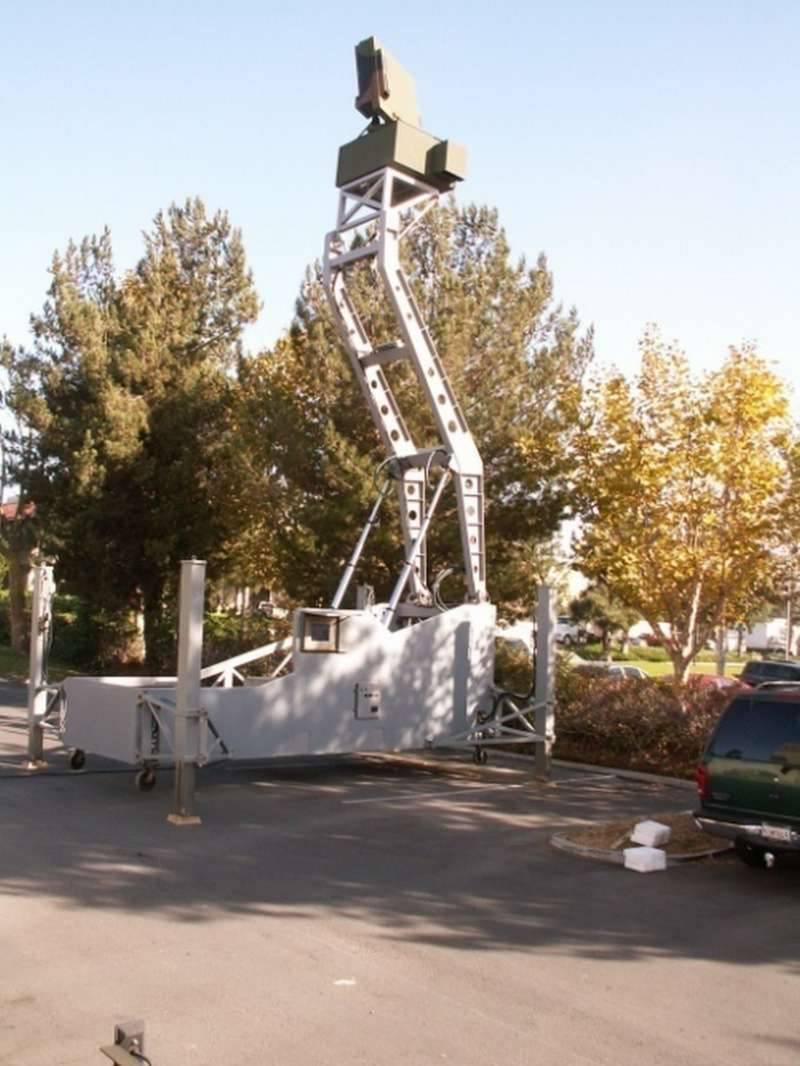
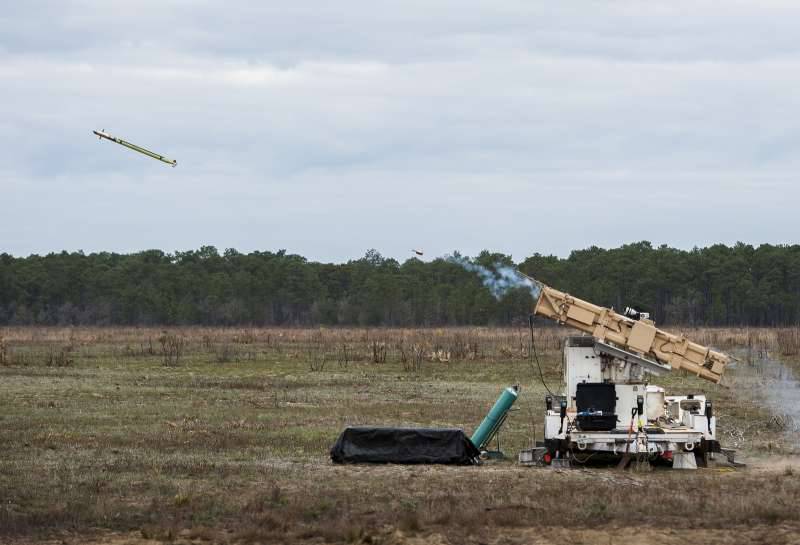
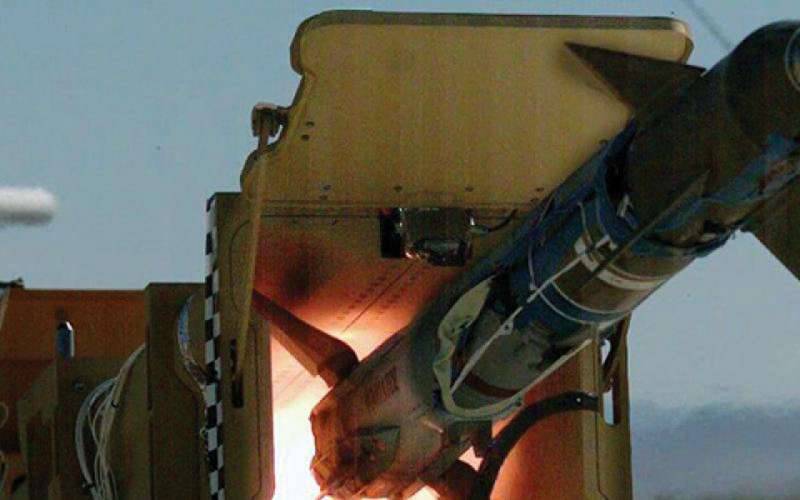
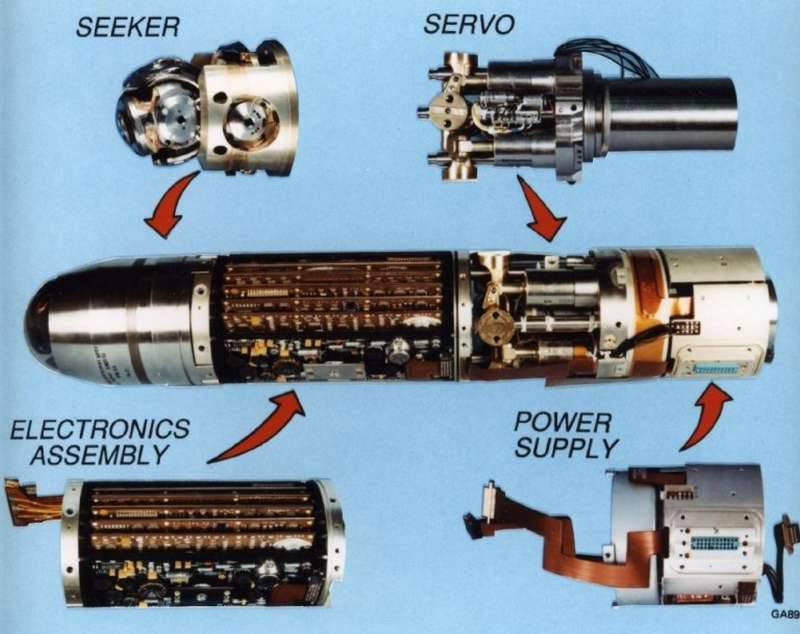
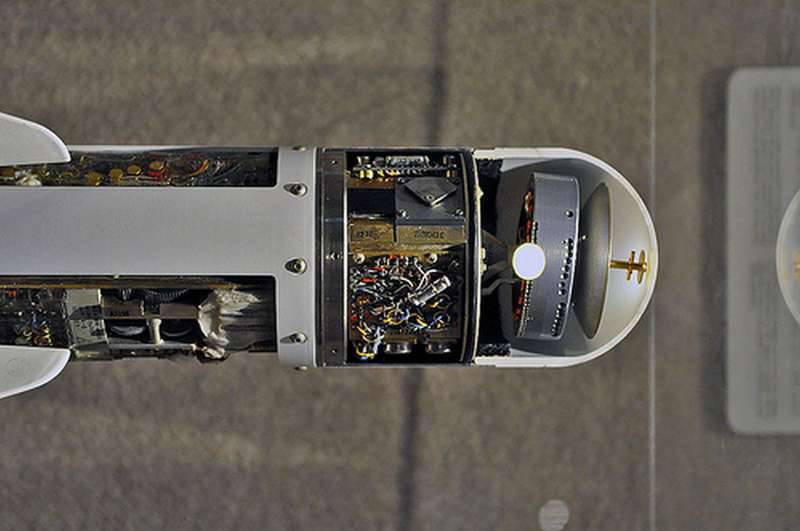
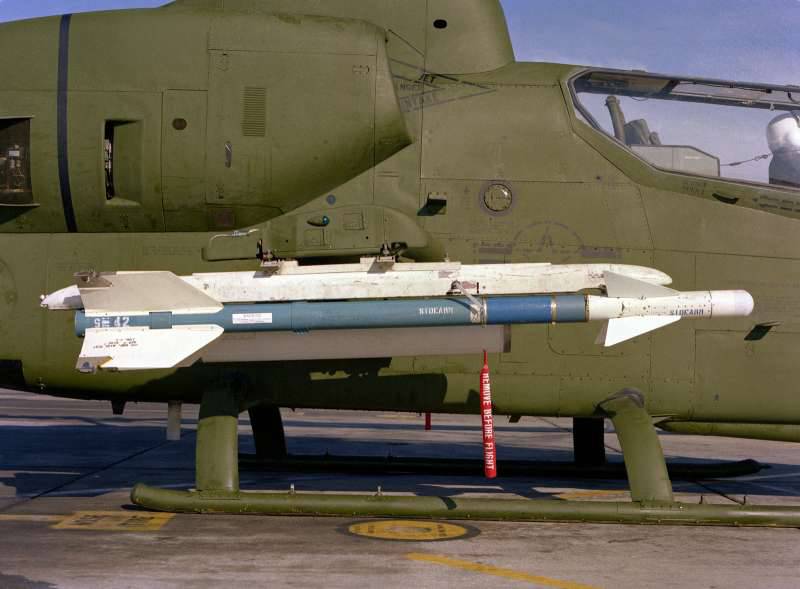
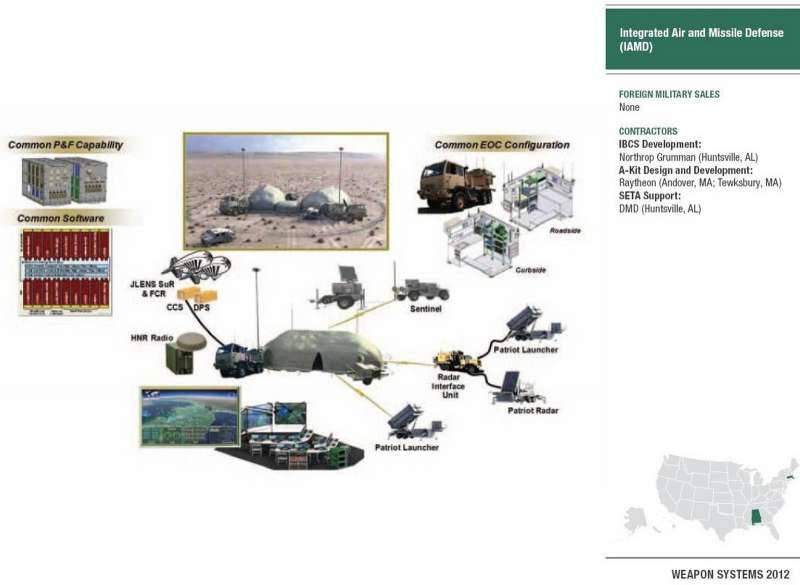
Information